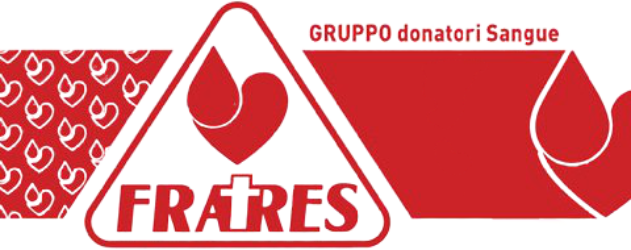That may have been the first time Benedict saw the band play, but the band was gaining popularity fast enough to also be included in the rumor mill. Benedict’s favorite: “It was rumored that when The Byrds’ Notorious Byrds Brothers album came out that the Mods or whoever they were at that time played the whole album the Wednesday night of the following week.” If true, an accomplishment Benedict thought impressive, as would others.
“(The IRI tapes) were getting us a lot of attention,” remarked Bullock, “but they were a bit crude and definitely outdated.”
I heard it a couple of years ago (I happened to come across an old diesel-powered tape machine or something) and played it, and it is spectacular
“It was a really good representation of the band at that time,” Bullock continued, “and we would have been happy to release it but weren’t able to find an outlet. But it did attract interest at Columbia and helped us move to a different level.”
“We did that album before the Epic album, in Dallas,” confirmed White in a recent interview, “but decided it wasn’t up to our specifications, excellence-wise, so we shelved it. It’s fabulous. But at that time, it just shows that the bar was set very high- by ourselves and for ourselves.”
“Exit 4 Studio was on Fitzhugh Avenue, at that time exit 4 off Central Expressway,” recalled Bullock. “The studio had two Scully 8-track recorders. It was a nice, comfortable studio, warm sounding. We recorded the up-tempo and slow versions of ‘Singers and Sailors.’ We made the slow version in one take, all together in the studio. Scott played piano, Phil played upright bass, Brett played vibraphone, and I played flute. The song had three-part vocals, too. The Exit 4 album as a whole was looser than the Columbia album, and had less 12 string density, some great bluesy solos by Scott, loads of harmony – a nice balance of earthiness and spacey-ness.”
A solid year playing before audiences of all sizes and their experiences in three studios gave them confidence
“I don’t remember who we sent the demo to,” said Mann, “but I do remember the studio engineer, Dean Acheson (who had engineered the IRI sessions), and the producer, Roger Bland. They were both nice guys and somewhat in awe of the band’s talent and recording savvy. Dean was much the typical recording engineer, even to the point of wearing a pocket protector in his shirt pocket. Roger Bland’s claim to fame was that he was somehow connected to the Four Seasons and had something to do with record distribution. That was why I was interested in him and anything he could help me with.”
Claudia Wilson remembered the Exit 4 phase as a turning point. “They did Exit 4,” she said, “but when they finally landed the deal in Toronto, that was the major interest they were looking for. I’ve heard a lot of tape over the years and Exit 4 was good. There was material on that, talk about timeless, which made it onto the Epic album, if I recall.”
Though things were going well enough in Texas, getting label people to take the band seriously was a hard task. A happenstance meeting with a booking agent planted the seed which took them to, of all places, Canada.
“A Canadian agent, Jerry Hebsher Sydamerikanska äktenskapsbyrÃ¥, heard us play in Fort Worth and convinced us that our music would be well received in Canada, and we were ready to move on,” said Bullock. “Hebsher introduced us to John Brower, a promoter in Toronto.”
